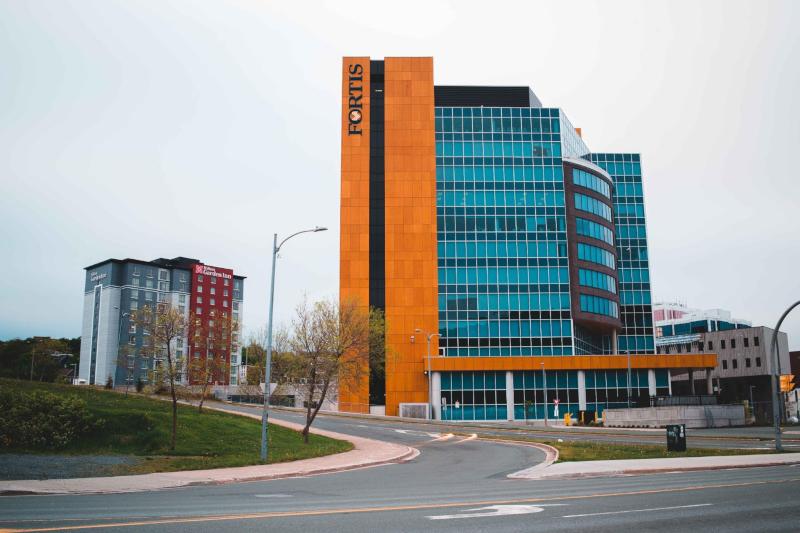
Buying and redesigning a commercial property can be a real money-maker if you do it with savvy planning and a keen eye for potential. The key is to spruce up a property in a way that significantly boosts its market value, potentially even earning recognition awards for architectural innovation or design excellence. So, how should you navigate the process of buying and redoing commercial spaces to make sure the end result is not only profitable but also award-worthy? This guide is here to help walk you through the important steps, positioning you to make smart choices from start to finish and setting the stage for both financial success and industry accolades.
Finding the Right Property
First things first, you’ve got to find a property that has true potential for a profitable redesign. Begin by researching local market conditions – look at property values, what rents are like, and how much demand there is in different areas. Look into any future development plans in the area that could drive potential property value increases. Make sure to size up the infrastructure and potential of various places to see if they match what you’re looking to invest. Before you make an offer, be sure to have a professional inspection of the building to spot any hidden issues that might throw a wrench in your budget or redesign plans.
Assessing Design and Functionality Needs
Once you have a property in your sights, assessing its design and functionality is paramount. Consider aspects like space utilization, energy efficiency, and overall layout, identifying areas that require updates or alterations to enhance their value and appeal. Engage with professionals with a knack for identifying and unlocking potential within a space. Working with professionals in your area such as commercial architects in Colorado, known for seamlessly blending aesthetics with functionality, can make your redesign project efficiently transformative. Understanding local design trends and tenant needs will also make your redesign commercially appealing.
Strategic Budgeting and Financing
Planning a meticulous budget that accounts for all possible expenses is vital. Create a solid plan for where your money’s coming from, whether it’s loans, investors, or your own pocket, and make sure you’ve got a good safety net and know what financial commitments you’re in for throughout the project. Don’t just focus your budget on the redo. Remember to plan for ongoing costs like maintenance, utilities, and property taxes while still in the fixing-up stage. Always add an extra 10-15% to your budget for those “just in case” moments. Also, consider talking with a financial advisor, especially if this is your first time buying and redesigning commercial property. Always have a plan B for your financing because sometimes plan A doesn’t pan out, and you want to avoid being left in a lurch.
Navigating Legalities and Compliance
Ensuring legal and regulatory compliance is another cornerstone of successful property investment and redesign. Keep up with local rules about redoing properties, like zoning laws and rights for anyone renting. Hiring a legal advisor to help you work through all the nitty-gritty of real estate laws ensures that your buying and redoing plans follow all the laws — local, state, and federal. Stick to building codes, and get any permits you need before you start renovating anything to avoid legal headaches later on. Try keeping a checklist of all legal and compliance boxes you need to tick — this way, you can systematically work through it and ensure nothing gets missed. And remember, patience is key when dealing with legal paperwork. It might take a while, but ticking all the legal boxes right at the start can save you lots of time and money in the future.
Effective Marketing and Leasing Strategies
After breathing new life into your commercial property, the next step is getting it out there and drawing in tenants to get a return on your investment. Make your marketing strategies specific to really show off what’s special about your property, and make sure it gets in front of the right people through the right platforms. Create a thorough leasing plan that spells out your pricing, terms, and what you’re expecting from tenants, making sure it stacks up against what’s happening in the market. Good-quality photos and clearly communicating what’s great about your space can make a real difference in your marketing. If you can, consider hosting an open house — it’s a hands-on way for potential tenants to fall in love with the space. Lastly, don’t be afraid to ask for feedback on your property and marketing approach from peers or mentors, as they might offer invaluable insights to hone your strategy.
Optimizing Property Management
Successful redesign and leasing are just the initial steps in your journey toward sustained profitability. Managing the property effectively is the key to keeping tenants happy, the property in top shape, and the money coming in. Think about whether you want to manage the place yourself or bring in a professional property management company to handle things. You’ll want to have easy ways for tenants to get in touch, make sure you’re on top of maintenance, and keep a close eye on your property’s financial performance to help you make decisions down the line. This approach not only ensures tenant satisfaction but also positions your property as a contender for industry awards, enhancing its reputation and value.
Wrapping It Up: Making Money With Thoughtful Redesign
Stepping into commercial property investing and redesign means blending creativity with smart money moves. Every stage, from picking a property, redesigning it strategically, and managing it well, is vital in making your investment profitable and successful. With careful planning, sticking to your budget, staying on the right side of the law, and managing things well, you can turn an outdated commercial property into a successful money-making venture. As you go along, remember that making smart choices and teaming up with pros, like architects and legal advisors, will provide a solid foundation for profitable property investments.








